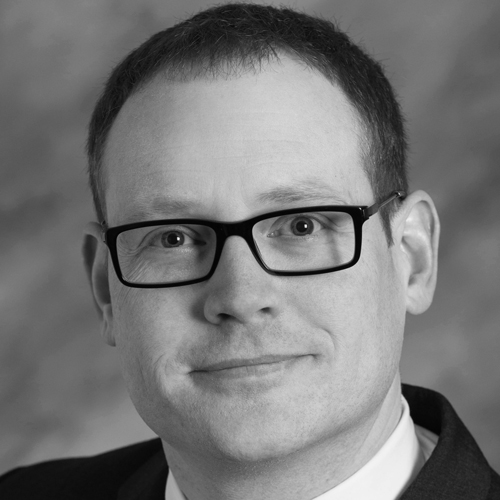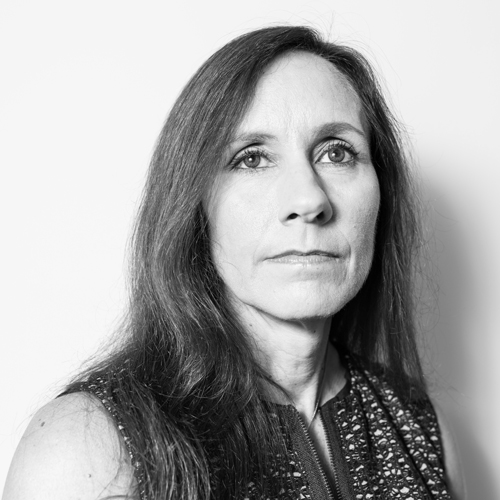Clark Golestani says his job has three main focuses: operations, helping to drive the business, and leveraging disruptive technology. For these, the executive VP and CIO for Merck uses a technique called the “three-horizons model,” which helps him manage his cost structure, partner with other companies to support business objectives, and drive innovation. Golestani spoke with AHL on this strategy and what it means for Merck, a global healthcare leader.
Can you explain what the three-horizons model is and how it has benefited Merck?
Clark Golestani: The three-horizons model is a McKinsey business model that we adapted and applied to IT. We used the three-horizons model with a couple of extensions that help us manage our risk, as well as drive the business-operations function across the entire corporation for IT. There are some really interesting debates out there about whether a CIO is really a chief technology officer, and where their primary focus should be—whether they should focus all their energy on being the partner to the business and drive business results, shift the productivity equation, or drive innovation across the organization. My argument is that a CIO needs to do all three. You can’t just do one or the other, and that’s the reason we structured IT around the three-horizons model. It allows us to get that accomplished.
You will hear a lot about money and investment for innovation. Some CIOs say that they can’t innovate unless they get more money. My perspective is that the CIO should have the mindset of a CEO of technology. If you think like that, the first thing you’re going to do is not ask for more money; you’re going to figure out how to drive optimization to accomplish all the goals. And that’s what we did at Merck. We structured the IT organization completely along those three horizons when it comes to cost structure.
When you do, for example, you end up with a part of the organization that wakes up every day focused on driving service levels up and cost down. They operate at scale—that’s their purpose. They innovate, just like the rest of the organization, but the innovation they apply is really to drive the productivity of the IT operations function, if you will. That’s not just cost infrastructure, but really operating of all IT assets. That frees up some money, and the focus of the rest of the organization is to partner with all the business areas and drive productivity.
This is how we take costs out while driving performance up, support colleagues through partnership, and leverage disruptive technology. When you look at our ability to invest and drive productivity innovation, we exceed many of our peer companies.
“Technology innovation is never a static thing. It’s never a point in time. It never ends. I believe that the question is just: what’s around the corner next?”
What’s your approach when it comes to partnering with technology companies, particularly smaller ones?
Golestani: It’s like growing a plant from a seed. You really need to give it a lot of tender, caring love and make sure you don’t crush it. Big companies have a way of crushing start-ups and small companies early because they always have big problems that they want solved at scale. The reality is that in order to let innovation grow, you really have to protect it. That takes a very different mindset. Big companies have the opportunity to partner with a start-up—if they’re careful of the perspective and the strategy of scaling. If you can take innovation and apply it at a scale, you’re going to get great results from it.
One example of that is our partnership with Enigma IO, which is a small but fast-growing start-up out of New York City. They do data mining and data management on public data sets. They were a very, very small firm when we started working with them. Like any large company, we could have given them a hundred problems to start with. Instead, we focused on one problem, and they did great. Then, we expanded to two problems, and three problems, and we continued that expansion, being careful not to crush
that company.
We learned this early on when I was working with some start-ups early in my career. We actually gave another company too much of the problem set and demanded too much. We learned there how to really drive a successful partnership, and it’s not easy by any means. The reality is that when you’re driving innovation, you may have to solve your problem through other means until that innovation can really grow up. But if you do that, more often than not you get a far greater value proposition at the end.
For Merck, these are true partnerships to solve business problems, not supplier relationships like other large companies. Quite often, you are coaching that start-up, directing them and educating. That’s very different than, “You show me what you’re selling, and I’ll tell you whether or not that fits with the solution I’m trying to achieve.”
I think it’s also important to recognize that innovation is not just in the start-ups. There are start-ups in large corporations also. It’s important not to forget about the major tech players because there’s opportunity to really partner with them and drive new levels of innovation.
How do you define technology’s influence on Merck’s digital health innovation?
Golestani: Today, there’s really a crossover and blending of information in data sciences with health sciences, so there is an underpinning of technology capability that really fits with any of the innovation capabilities that come to market. That certainly influences where we invest and where we don’t. Merck has a health-related venture fund that is aligned to our strategic core direction of the company. It also has a Healthcare Services and Solutions subsidiary that allows us to take advantage of some of these new technologies while leveraging some of the corporate resources.
It is important to remember, though, that technology innovation is never a static thing. It’s never a point in time. It never ends. I believe that the question is just: what’s around the corner next? The one area that gets me most excited for what’s around the corner next is blockchain technologies. There are opportunities to really streamline costs across the healthcare ecosystem and ways of protecting privacy that are hard to realize with other technologies. I believe there are ways of liberating patient data while also giving patients even greater control over their data to really drive and fuel research. In the end, patients can have better solutions and better therapies to many things that afflict so many people.

